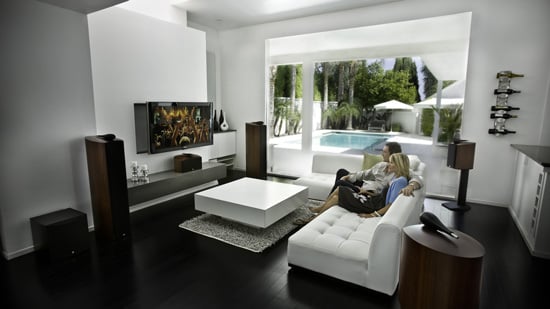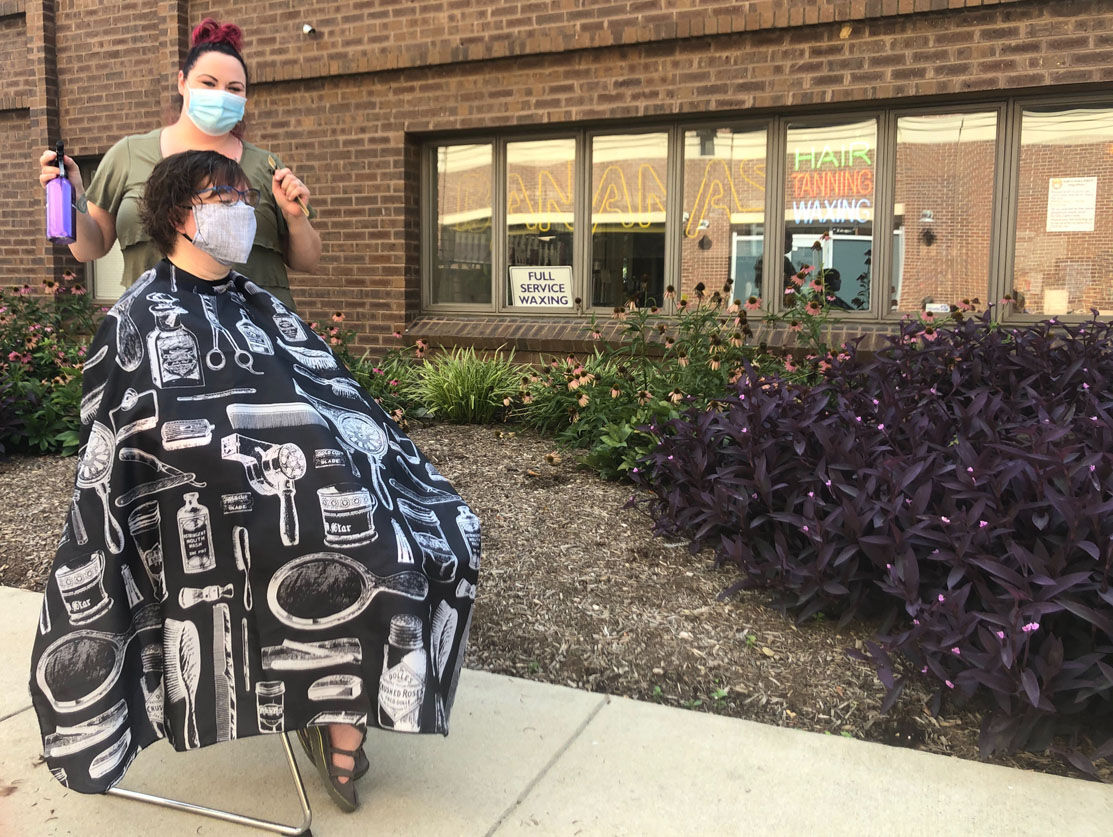Table of Content
You can place the speakers in alignment like the 10 and 2 o clock hands of the clock and then alter the angle to find the better soundstage. SpeakerCompare tailors your listening experience to the exact headphones you have, so that what you hear is comparable to auditioning speakers side-by-side in person. Knowing which model headphones you’re using lets us remove any sonic coloring from your experience. You're filling a large space that has a variety of different surface types. Each reflects or absorbs sound waves a little differently, so you end up "hearing the room" as much as you hear the direct sound from your speakers.
Many people like the ‘toeing-in’ effect for the speakers. It occurs when the speakers are angled slightly towards the central viewing area. But it depends on the listener’s personal preference and may not please everyone. So, feel free to experiment with the angle of the acoustics and find out at what level it will be more comfortable for you. Their duty is to reproduce most of the film’s music and sound effects and also sometimes play up the dialogues. They should be a good complement to each other to create a balanced sound field in your room.
Front Left and Right
This is especially useful if you like to blast sound at full volume or if you live in an apartment building and don’t want to make your neighbors hate you. Whatever the reason might be, combining soundproofing with acoustic treatment and the perfect positioning will turn your media room into a real movie theater. Every room has different acoustics, which is going to be influenced by pretty much anything in it. The doors, windows, furniture, and other objects will influence your sound one way or another. Even drapes could possibly alter your sound, so it’s hard to be too careful if you’re aiming for perfection.
When Marshall was 14, his uncle passed down a pair of JBL towers and Marshall finally had his own system. Having enjoyed podcasting and video production over the past 10 years, Marshall is happy to be contributing at Audioholics. This means that, most likely, you will not place the speakers at the exact ideal distance. But you can always adjust the receiver settings and get a great sound.
Need help? Contact an SVS Sound Expert:
It may be hard, but get your speakers as close to these positions as possible for the best sound. Here you have to place the sub at your listening position. Then walk around the room with SPL as you listen to a heavy-bass track. The floor-standing speakers don’t have the hassle of shelves or stands.

Center and pair of front speakers are the most essential, as they play the leading role in sound reproduction. But don’t underestimate the value of other sound devices. Once you have chosen an amplifier and speakers, you should consider the correct placement of your home audio system for the desired result.
Beyond 11 Channel – Dolby Atmos
The sound can travel through your walls and be heard by your neighbors, roommates, or family members. So, you’ve managed to put together a pretty sweet setup in your media room—you’ve got your TV, you’ve got your sound system, and a cozy couch. The only thing left for you to do is to figure out the correct position for each thing. The task might seem daunting at first, but setting everything up for the best sonic experience is easier than you might think. If I understand you correctly, I’d probably go with in-wall (spaced maybe 8-9 feet apart at most) as the surround back speakers are meant to be more directional than diffuse.
Listening to the same passage after each adjustment helps me gauge how much of a difference a particular change in positioning made. Pulling the main speakers away from the corners will reduce boundary reflections and improve imaging. For tower speakers, the tweeter should already be at an average height, but you can always double-check, and raise or tilt them if necessary. ● The height should be as close to ear-level as possible without blocking your display. Correct acoustics position ensures you will enjoy your audio system all the time.
The tweeter should be perpendicular to the center of the room and as close to ear height as possible. The left and right speakers should be between 22.5° and 30° from the center channel at the MLP. In figure two, there are two variations, 22.5° in red with black speakers and 30° with light grey speakers. 22.5° forms a 45° angle between the left and right speakers, while 30° forms a 60° angle. If watching movies is the primary purpose of the room, use 22.5°.
Your surrounds should both be the same distance back from the front of the room as opposed to having one be closer to the television than another. But that doesn’t mean you can just throw speakers into a room and expect great sound. For one, there is an audio characteristic called “imaging” that deals with how the stereo separation is perceived by the listener. This also affects the “soundstage” which is how you can locate individual sounds within the stereo image. A good soundstage will let you, for example, point out where the cellist is sitting when listening to a live recording of a quartet. Enjoy the best sound from your home theater when you optimize your speakers' positions.
Directly behind the listening area there is a narrow area to passbehind the couch and the kitchen "island". To the right i have a half wall and to the left i have a 3 pain glass door. Or mount to the back kitchen wall as descibed in my previous post. We are finishing our basement in the next few months and I need to decide on placement of my in-wall speakers.
Stereo imaging means where sound will come from different places. We always like to get two sets of eyes on a car audio installation. In equal volume mode, we've made the loudness of each speaker about the same. This gives you a more direct comparison of subtle voicing differences between speakers. Comments will display after being approved by our moderators.

No comments:
Post a Comment